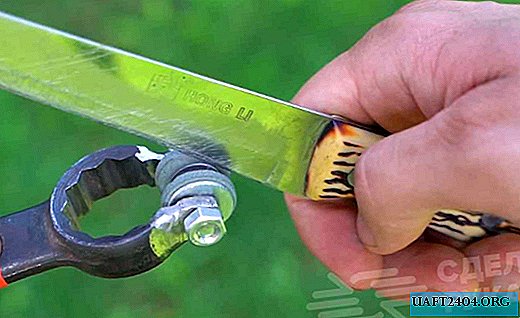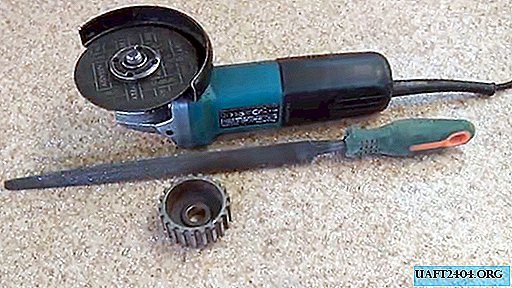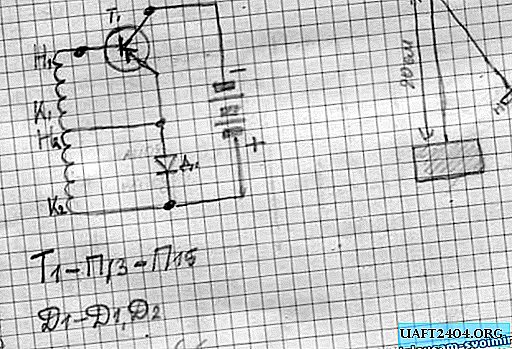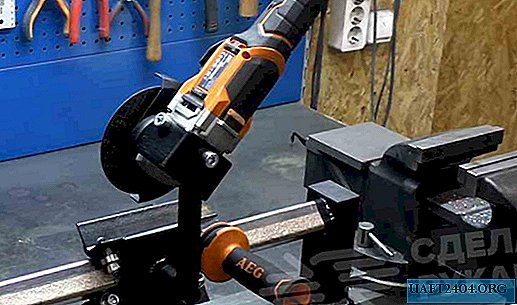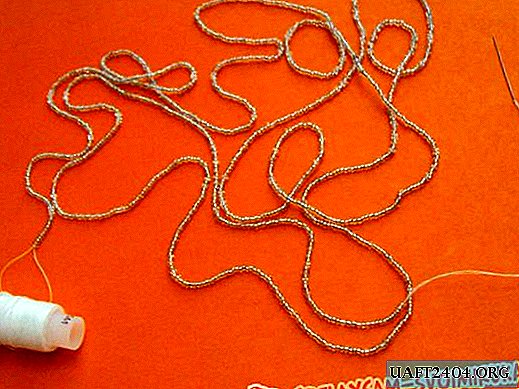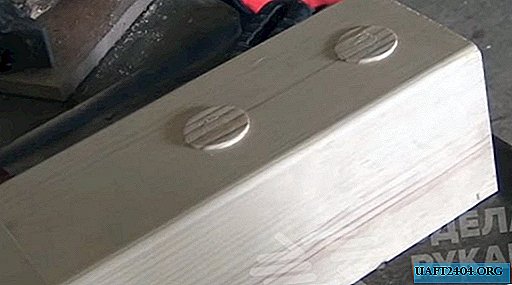Share
Pin
Tweet
Send
Share
Send
Even if there is a gas stove, it is much easier and faster to heat water in an electric kettle without leaving the guests. Moreover, this can be done in a couple of minutes.
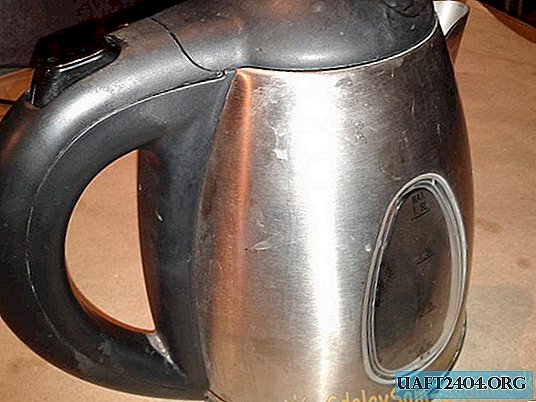
Therefore, when our "dear", giving heat, an electric friend at one point stops warming - it can be very upset.
It is no secret that the manufacturers of these devices do not particularly pay attention to the quality of their goods, their electrical circuits and contacts. And this may apply not only to cheap little-known brands, but also to expensive reputable brands.
It is enough to go to the page of some kind of online store and read dissatisfied customer reviews, supposedly branded products.
Here, of course, there’s still how, who is lucky, that is, we can say there is a lottery effect. Two can take the same model of a teapot, but one will last for many years, and the other will break in two weeks.
In any case, it doesn’t make you upset and plan to buy a new kettle, if the old one shows no signs of life, sometimes the breakdown can be easily fixed.
Many will find a screwdriver, a proverbial and some kind of pliers. This will be enough to make repairs.
Sometimes instead of ordinary screws in the kettle, screws are used under a special hexagonal screwdriver, it is likely that repairs should be made only in service centers. But this does not matter, if you don’t have such a screwdriver, you need to pick up or file a straight screwdriver so that it fits exactly between the faces of the hexagon. Proven practice, the screw can be loosened without any problems.
But most often, it is not necessary to file a screwdriver if there are several pieces of different sizes at home, under a direct cut. Some one is sure to fit the width of the working part of the hexagon.
When the screwdriver is selected, proceed to disassemble the device. Sometimes the screws are so hidden that finding them is not so easy, but usually they are quite clearly visible.
The main rule - not sure do not pick. Breaking the plastic parts of the kettle is very simple. And if it was given for repair, then you can make yourself extra problems. Therefore, we do everything carefully and slowly.
The first thing to do is remove the bottom of the kettle. This will make it possible to get to its "insides" and if necessary, disassemble the handle.
To do this, turn the kettle upside down and unscrew the fastening screws around the perimeter of the bottom. There are usually three screws. It is advisable to put all the details in a pre-prepared box.

When the screws are loosened, the lower part of the housing should be easy to remove. Sometimes, you need to make a little effort by turning the cover by hand, or prying off the side with a screwdriver.

Under the cover you can see the heater itself (heater), overheat protection and other circuit elements.

Now we pass to the second stage of repair - this is the integrity check of the heating element for a break. It would also not hurt to check its resistance to the case.
Check for cliff.
To do this, connect the continuity with the heater leads. For more accurate measurements, it is recommended to temporarily remove the connector with the wire from one of the ends of the heater.

If the device shows a "chain", then there is a break in nichrome, there is no inside the heater.
Resistance to the housing.
This indicator is necessary in order to know whether there is an electrical connection of Nichrome TEN with its body. If it is, then using such a teapot, although it is possible, is extremely dangerous. This is especially true of its use in private homes and in the country, where it is very close to the ground.
The body of the kettle is under the "phase" and with poor isolation from the ground, you can get a strong, even fatal electric shock. Of course, it doesn’t stop some people, it warms the kettle and well, but the consequences can be dire. In such cases, they either change the heater or throw the kettle in the trash. At least those who take care of their family and neighbors do so.
So, we are doing resistance measurements. To do this, we connect one end of the proverbs with any output of the heater, and the other with a metal "sole" or the body of the kettle.
If there is no chain, then everything is in order.
In general, this procedure is correctly done with a 500 volt megohmmeter. This device will show more accurate readings, so to speak - under operating voltage, but in the absence of such, and there will be enough calls.
As can be seen in the photo, in the case of this kettle, the heater is not damaged.
The third stage is a check on the health of the protection against overheating. This protection should turn off the kettle when there is no water in it, or it has boiled away.
The principle of this device is quite simple. When overheated, the bimetallic plates on the "sole" of the kettle bend and push on the ceramic rods. They, in turn, press on the electrical movable contacts, which, when pressed on them, open.
After the bimetal cools down and returns to its original state, it also happens with electrical contacts. They again close and pass current to the heater. And this can continue until someone disconnects the device from the network.
Of course, such protection is not designed for multiple shutdowns. Most likely, after a couple of dozen such cycles of overheating, the heater itself will burn, but thanks to it, things can not get to the fire.
We proceed to disassemble this module.

We unscrew the screws securing the protection block from the "soles" of the kettle. Here, self-tapping screws are not used, but 4 mm screws.


Unscrewing them, you can see two round bimetallic elements, which, for better heat transfer, are connected to the body through thermal grease.

Next, to get to the plates with the contacts, you need to unscrew two more screws. They connect the kettle's power connector to the overheat protection unit.

In the photo, ceramic rods and current-carrying contacts, which were mentioned above, are very clearly visible.

You need to be very careful not to lose these ceramic rods, as they easily fall out of their seats.
It is better to immediately remove them and put them in a box for the period of repair of this unit.
Now, by dialing, we check if there is a circuit through the contacts. In this particular case, there was no chain. It appeared only by forcibly pressing the plate with the contact. Also in appearance, it is clear that the contact and the plate overheated and lost their properties.

But this problem can be solved by bending the contact all the way.


Previously, they need to be well cleaned from soot. The second group of contacts, as well as the connectors, will not interfere with cleaning.

This will extend the life of the device, especially since you have already disassembled it anyway.
Once again we check the chain, and collect everything in the reverse order.

The ceramic rod can not be placed on the bent contact. The main thing is not to forget to insert it into the working group of contacts. This will be enough to protect the kettle, if that.
Such repairs will not take much time, will add confidence to your strength, and most importantly, will save you from unnecessary expenses for a new kettle.
Share
Pin
Tweet
Send
Share
Send


